Curtain Sizes Explained: What 63", 84", & 96" Really Mean for Your Home
Curtains should beautify your space and make your home a haven, but what happens when you’re constantly staring at your windows in confusion, unsure of what to do? You’ve visited various curtain websites, and the jargon keeps hitting you like curtain rods. What do all these numbers 63", 84", 96" actually mean? Do you want to avoid choosing the wrong curtain? Or avoid finding out that the curtain you bought is too short or skimpy?

These situations are very tricky, and you need help to pick your curtain like a pro, no confusion, no market roaming. This guide is here to walk you through and help you feel confident and at ease getting the best curtain picks for your home. We’ll walk you through a foolproof curtain size guide for measuring your windows, and finally, we’ll break down what each of the standard U.S. curtain lengths really means in practice.
FRAME SIZING IS A DESIGN CHOICE, NOT A CHORE
See it this way: you’re doing the work so that you can have a comfortable space. That’s why your frame sizing is not a chore; it is a way of easing into your creative design abilities. Your curtain sets the tone, texture, and style of your room, and is a perfect reflection of who you are and your appropriate style. Every piece, fabric, pattern, print, and length shows your identity and lifestyle.
As a minimalist, you’ll gravitate more towards clean and simple lines that make you calm. As the drama, you’ll want something bold and expressive. On the other hand, a traditionalist will require something refined and timeless. You envision it first before it physically comes to play, and that’s your design power.
To make the perfect design choice, you’ll need to carefully consider the length and width of your curtain frame, as these elements change how your space looks. Typical curtain lengths range from 63, 84, 96, 108, and 120 inches, and the perfect length depends on the room, ceiling height, lighting preferences, and design choices. Floor-length curtains tend to work best as they elongate the height of your ceiling, making the room more balanced, just like our zenlinen custom pleated curtains, while sill-length curtains make the room seem lower than it is. You want more cosiness? Then, puddling curtains are your best choice; they’re soft but also dramatic.
On the width’s end, the curtains' dimensions extending 3 to 6 inches beyond the window frame give you a wider window look and make the room seem more expansive, while curtains that are your exact window frame feel skimpy and look narrower.
In the end, it’s how you want to feel looking at your window, peaceful and at ease.
SIMPLIFYING YOUR CURTAIN MEASUREMENT PROCESS - HOW TO DO IT LIKE A PRO
Many people are intimidated by this step because it seems only interior designers can do it, but you can too.
Are You Using a Pole or Track?
The first thing to consider in your curtain measurement process is whether you’ll be using a pole or track, as this affects both style and measurement, and you want to do this after either of their installations. Here, you also get to decide whether you’ll be mounting the pole inside the window frame or outside it.

Measure Your Window’s Width
This is the step where you get a tape and measure the window from the outer edge of the frame to the other, and include the full trim if there’s one. You want your curtain to be wide, so you’re also measuring the pole on which the curtain will hang.

Take Fullness into Consideration
Measuring for curtains that match your exact window size can cause scantiness and make your window look flat. Therefore, it's best to measure more than the window frame for extra fabric so your curtain can look just right. Taking the 1.5x to 2.5x rule of thumb into consideration, your curtain panels should be 1.5 to 2.5 times the initial measured width of the window or window rod. A 1.5x width provides minimal fullness, while a 2x to 2.5x width creates a more luxurious and voluminous appearance. For example, if your window panel is 5o feet wide, your curtain panels should be between 75 and 125 feet.

Measure your window’s length
when doing this, you want to opt for a longer curtain, and this usually starts from where you place the rod. For better height, you can set it closer to the ceiling or 3 to 6 inches longer than the window glass itself. It starts from the rod and stops where you want the curtain to fall, which can be the window sill, below the sill, floor length or puddling on the floor. For a good puddle-length curtain, our 2” puddle length maribel jacquard hawthorn pinch pleated curtains work well because they are well draped and block more light.

Lastly
Always double-check your measurements to avoid mistakes. For easier work, our easy-to-use curtain calculator can do the right job for you.
STANDARD CURTAIN LENGTHS AND WHERE TO USE THEM
The most challenging part of this scenario is determining which standard curtain length is right for you. What curtain length comes in here? In the US, there are standard curtain lengths that serve different purposes.
-
The 63” curtains: this is the smallest curtain category and fits best in small spaces like your kitchen, bathroom or basement. They stop above the floor, and you don’t find foot movement on them. They don’t belong in the living room or bedroom because of the unfinished look they give off.
-
The 84” curtains: These are longer than the 63” curtains and are the default length for homes with 8-foot ceilings. These curtains will pass if your rod stands just above the window frame. However, these kinds of curtains don’t rest on the floor and give you a floating effect.
-
The 96” curtains: These kinds of curtains work best where you want the window to look longer than it actually is. You get the height illusion by mounting the curtain rod higher than the window frame. With this length, curtains usually graze or kiss the floor.
-
The 108” curtains: This is perfect if you want a dramatic look and feel for your curtains. It is ideal for tall rooms, and curtains longer than the floor length usually puddle on the floor. They also work perfectly for short windows. They work beautifully in dining rooms, formal living areas, or any space where you desire the drama.
LESS THAN COMPLICATED
At first thought, your mind ceases. You want functional yet beautiful curtains as they serve as coverings, even in their beauty. Curtains do more than just block the sun or darken your space; they uplift your space and make different statements about you.
There’s no single correct answer for everyone, so the next time you’re in a curtain-picking dilemma, start with the question, what reflects me?

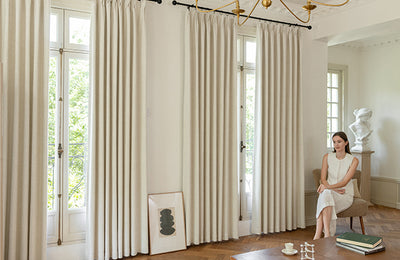
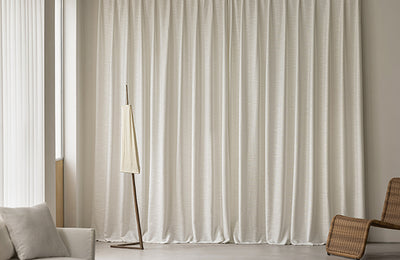
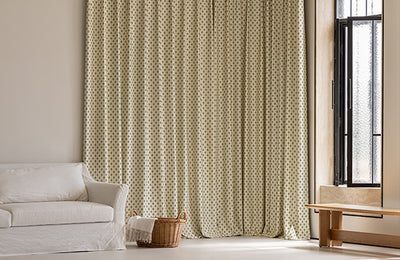
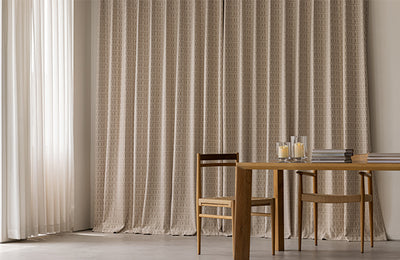
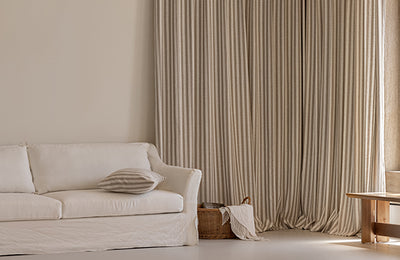
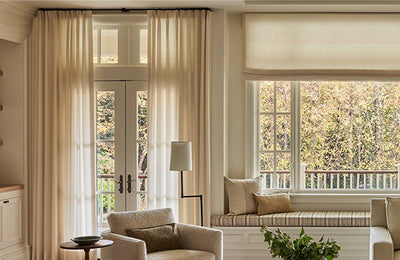
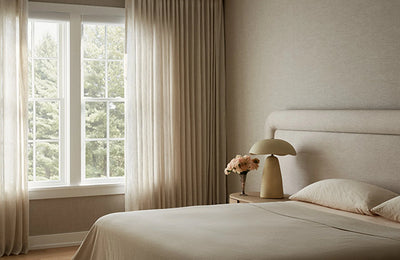
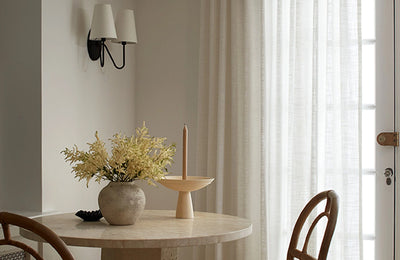
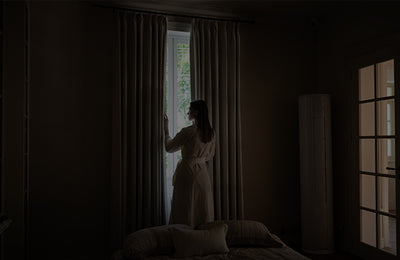
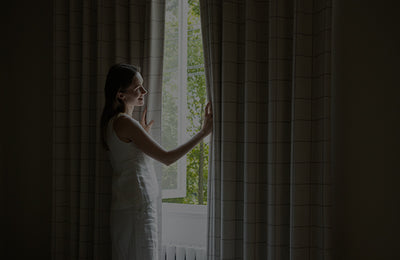

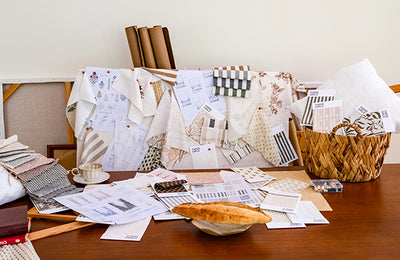

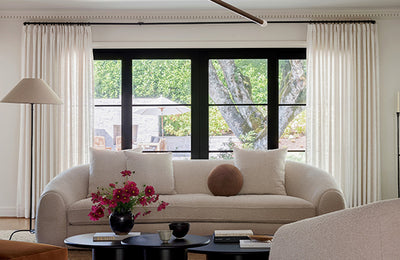
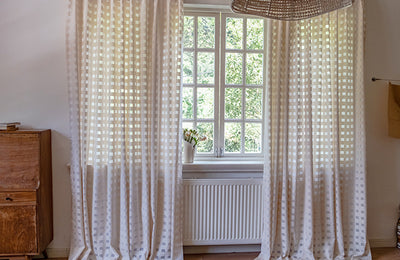

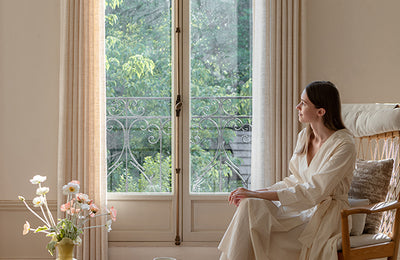
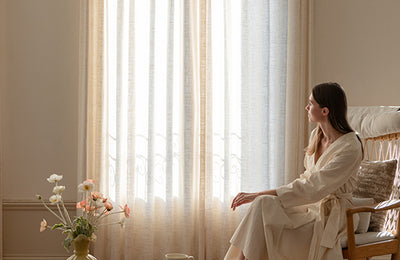


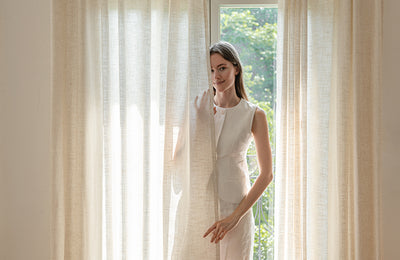



Laisser un commentaire
Tous les commentaires sont modérés avant publication.